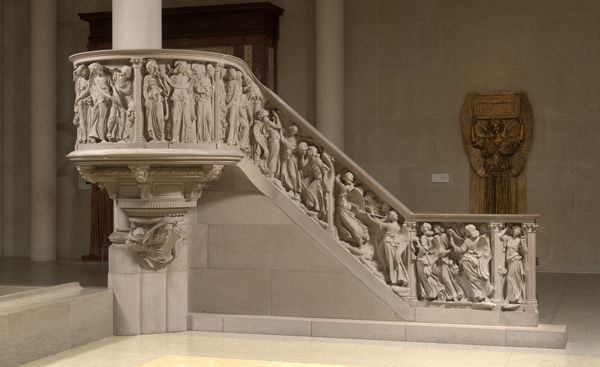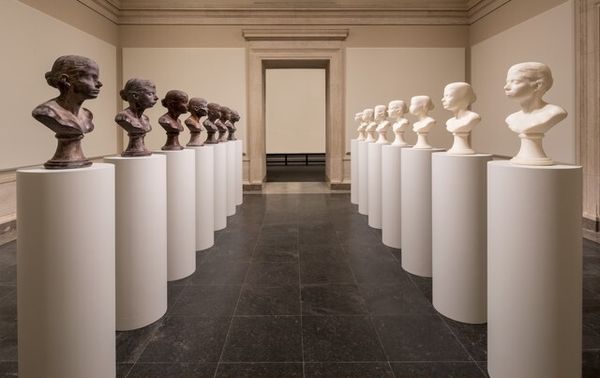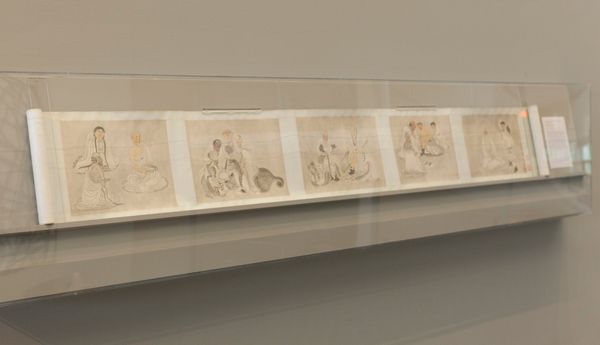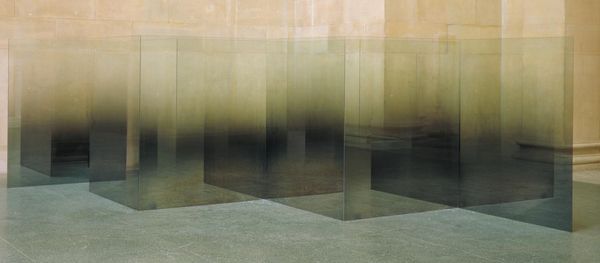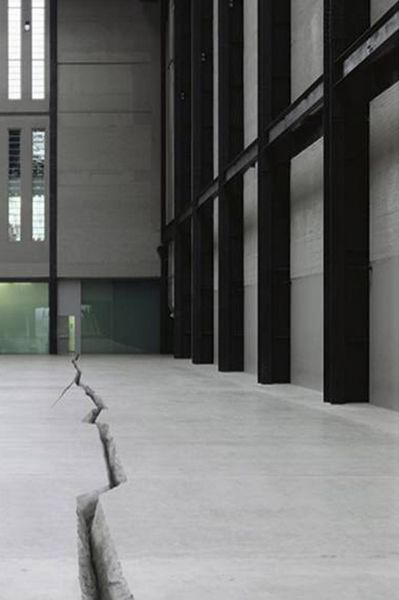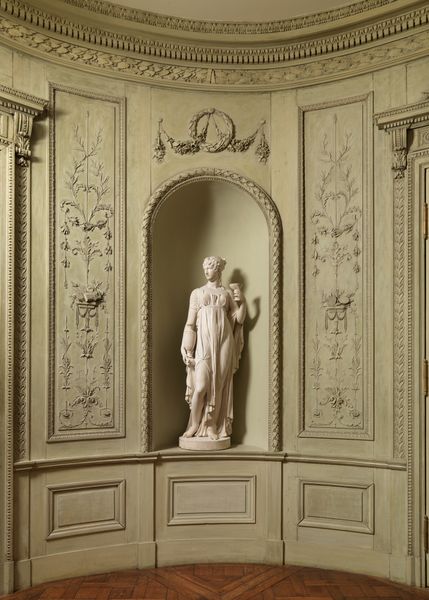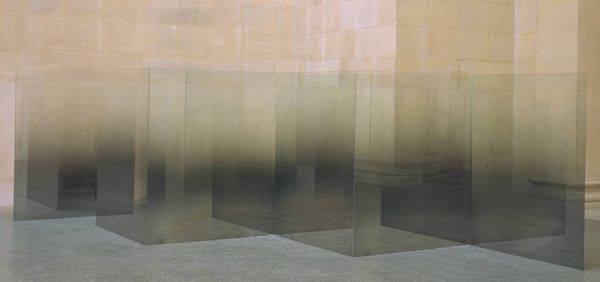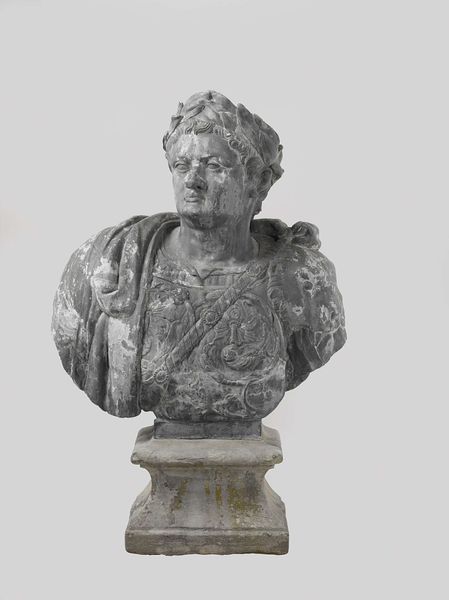
sculpture, marble, architecture
#
sculpture
#
classicism
#
sculpture
#
marble
#
architecture
Dimensions: 376 × 50.7 × 50.7 cm
Copyright: Public Domain
Curator: Frederick Baumann’s “Winston Block: Interior Column,” created around 1872, presents us with a fragment, an orphaned element of architectural ambition. Its cool marble evokes a sense of permanence, of lasting legacy, yet it now stands alone. Editor: The whiteness almost screams, doesn't it? An overwhelming starkness against the off-white wall. It looks almost aggressively formal, doesn't it? Cold to the touch, I imagine. I’m drawn to the textures and to how the light must play across the fluted surface of the shaft. Curator: Consider its original placement, intended within a building, likely a symbol of commerce or civic pride. This fragment prompts a reflection on how we monumentalize structures, often sidelining narratives of those whose labor contributed to these grand designs. What social inequalities were baked into its very construction? Editor: That’s important to remember. I’m intrigued by the means of production. Who quarried this marble? How many hands shaped it? The visible labour inherent in the careful fluting contrasts the cold precision and ideals of Classicism with the reality of sweat, the economic factors, the access. This juxtaposition complicates the column. Curator: Indeed, and Baumann was German born, bringing his skillset across an ocean in service to industry. The classicist style often suggests an idealized and ordered world, but it ignores historical disparities. This fragment challenges notions of objective beauty. Its display transforms it; now it stands as a loaded relic of privilege and societal division. Editor: Exactly, it asks us to think about the role of decorative arts and architecture as cultural artefacts and to examine its labour implications within capitalist frameworks. Also, I wonder about transportation; marble is dense, heavy and expensive. Was it locally sourced or did it travel? Curator: That's a great consideration! Ultimately, the column is more than just carved stone. It invites us to interrogate what histories are enshrined in material culture and whose narratives are obscured. It begs consideration of what power structures it was intended to support, and whether that purpose continues now. Editor: Thinking through production and context transforms what might appear to be an uninteresting Classical relic. A new history emerges. Curator: Absolutely, one steeped in social relevance, challenging the very idea of art’s neutrality. Editor: I agree, it is very powerful.
Comments
No comments
Be the first to comment and join the conversation on the ultimate creative platform.
